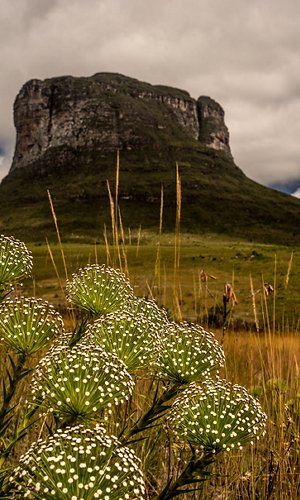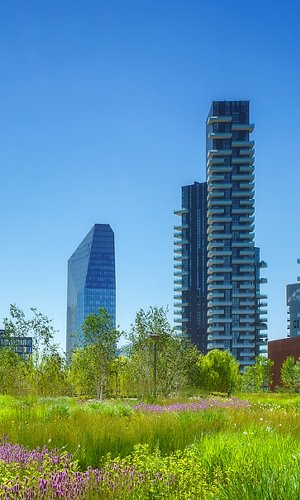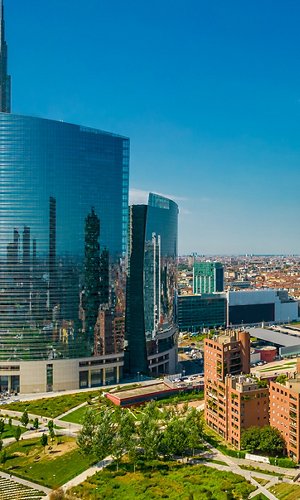In Brazil, deforestation is advancing relentlessly, not only in the Amazon forest. Even the Cerrado, the great tropical savannah that crosses Brazil, has for years been subject to intense deforestation to make room for single-crop farming, livestock breeding and coal production. Today, the Cerrado region is one of the largest and most active agricultural centres in the world.
Despite the fact that deforestation is harmful to biodiversity – the region is home to an estimated 10,000 species of plants, over 830 species of birds and 161 species of mammals – and to the climate – deforestation in the Cerrado is one of the main sources of greenhouse gas emissions in Brazil – up to one million hectares of land are cleared each year. This is equivalent to wiping out an area the size of New York City every month, as WWF explains. According to the national space research agency INPE, from August 2020 to July 2021, the Cerrado lost 8,531 square kilometres of native vegetation; an increase of 7.9% compared to the previous period. The loss of this ecosystem leads to the consequent loss of related ecosystem services, including carbon sequestration. Researchers estimate that the Brazilian savannah stores about 13.7 billion tonnes of carbon, two-thirds of it underground.
The depth of the soil in this region has allowed the roots of trees and shrubs to develop extensively, to the extent that the underground biomass is almost double that visible on the surface (a characteristic that has caused the Cerrado to be known as the ‘upside-down forest’). In addition, the savannah provides 40% of all fresh water in Brazil and the Pantanal. Deep soils act like a giant sponge, absorbing and storing enough water during the rainy season to feed millions of springs all year round, even in the middle of the dry season.
Few other places on Earth have seen such rapid change, which is “the starkest indicator of this government’s appalling environmental policy,” as Ane Alencar, scientific director of the non-profit organisation Amazon Environmental Research Institute, put it.




